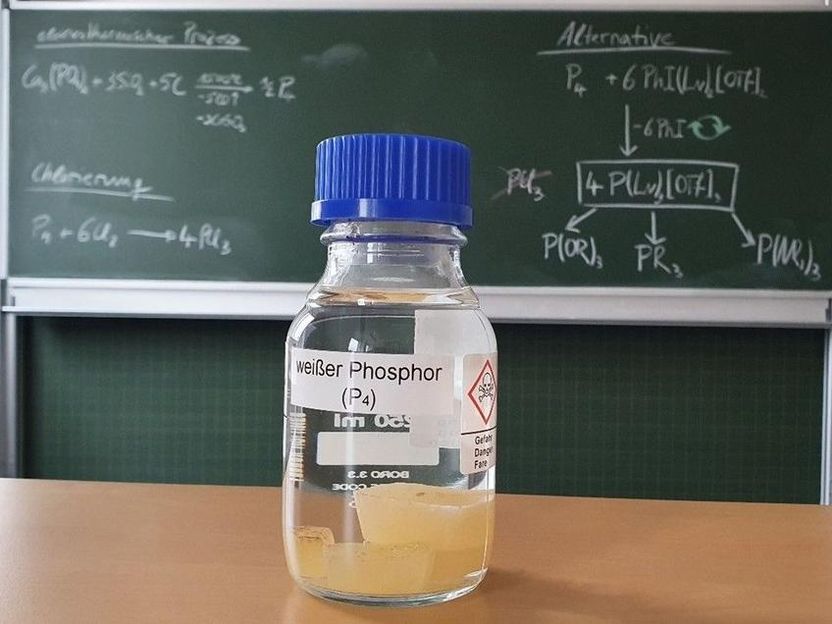Chilling conquest: Aqueous batteries get a sun-powered warm-up
Improving energy efficiency in energy storage and electric vehicles in cold climates
aqueous batteries have emerged as a promising option for large-scale energy storage due to their affordability, safety, and environmental benefits. However, their application in cold climates has been hindered by performance issues at subzero temperatures, where electrolyte freezing and reduced ion transfer slow down the system. Conventional solutions like external heating are energy-intensive and inefficient, prompting researchers to explore new strategies that can enhance the low-temperature performance of aqueous batteries without compromising efficiency or adding complexity.

The illustration demonstrates a photothermal aqueous battery system designed for low-temperature environments. Sunlight is captured by a solar collector and directed through a light shutter to heat the battery, rapidly increasing its internal temperature from -20℃ to +23℃. The system also integrates a light/temperature controller to maintain stable operation, ensuring efficient performance even in sub-zero conditions.
Energy Materials and Devices, Tsinghua University Press
Researchers from the University of New South Wales and Shenzhen University of Advanced Technology have developed an aqueous battery that operates efficiently in sub-zero temperatures. Published in Energy Materials and Devices, on September 25, 2024, the study reveals how photothermal current collectors and suspension electrodes enable the battery to generate its own heat and maintain stable performance in cold climates. The system utilizes Ketjen black-based materials to convert sunlight into thermal energy, providing a practical solution for energy storage in polar and cold regions.
The core innovation of this study is the integration of photothermal materials within the battery's current collectors, allowing it to self-heat and operate effectively at low temperatures. The Ketjen black-based collectors absorb sunlight across a wide spectrum (98% efficiency from 200 to 2500 nm), quickly generating heat that raises the battery’s core temperature from -18°C to 20°C in just 22 minutes. The heat is then evenly distributed by suspension electrodes with high thermal conductivity. To enhance stability, the system includes a light concentrator and temperature control mechanism, enabling the battery to maintain a core temperature of 20°C during charge-discharge cycles even when external temperatures fluctuate between -5°C and 5°C. This technology effectively addresses the electrochemical limitations faced by aqueous batteries in cold regions, offering a viable solution for large-scale energy storage.
The work presents a joint success from the University of New South Wales (UNSW) and Shenzhen University of Advanced Technology (SUAT) The principal investigator, Dr. Dawei Wang, a former researcher at UNSW, will integrate the intellectual resources and technology platforms at SUAT and UNSW to enable the technology translation. He remarked: “We endeavor to drive innovative design of net zero energy technologies. In this particular example, we sketched the concept and made the system to achieve solar-driven heating of a complex battery device. We expect the translation of this solution will accommodate the emerging industrial demand of wide-temperature batteries.”
This advancement in battery technology holds great promise for expanding the use of aqueous batteries in grid-scale energy storage, especially in cold regions. With enhanced low-temperature performance, these batteries could be deployed in polar areas, providing a cost-effective and sustainable alternative to lithium-ion systems. The incorporation of photothermal technology opens the door to further innovations in battery self-heating mechanisms, increasing energy efficiency across a range of applications, from renewable energy storage to electric vehicles operating in cold climates.
Original publication
Other news from the department science
Most read news
More news from our other portals
See the theme worlds for related content
Topic World Battery Technology
The topic world Battery Technology combines relevant knowledge in a unique way. Here you will find everything about suppliers and their products, webinars, white papers, catalogs and brochures.

Topic World Battery Technology
The topic world Battery Technology combines relevant knowledge in a unique way. Here you will find everything about suppliers and their products, webinars, white papers, catalogs and brochures.































































